One of the busiest demonstrations at the Port Townsend Wooden Boat Festival—when it is not hampered by a pandemic—is the Edensaw Boatbuilding Challenge. Boatbuilding contests aren’t new to wooden boat festivals; in their early incarnations they were for amusement and not really about boatbuilding. Some of those early events were sponsored by the maker of an adhesive caulking and the boats, built “quick and dirty,” reliably offered plenty of poor joinery to showcase the remarkable capability of the company’s product. The less likely they were to float, the more interest they drew and the grand finale, a short race under oar, paddle or sail, was often the first and only times the boats were used.In 2013, Edensaw’s Boatbuilding Challenge shifted the focus of the contest to creditable boatbuilding. The company specializes in high-quality lumber and plywood for marine use, so it would make good sense that the boats built under their banner wouldn’t be disposable. And, while the launching of seaworthy boats may not generate the train-wreck fascination of the good old days, festival goers could learn a thing or two as the boats were being built and admire the craftsmanship of some talented, albeit rushed, boatbuilders.Jon Lee, of Everett, Washington, began building boats while he was in grad school training to become an engineer, and reviewed his Pocketship for Small Boats last spring. He doesn’t need much prodding to build yet another boat, so when his father, Bob, suggested they build a boat at the 2018 Boatbuilding Challenge, that was impetus enough for Jon to set the ball rolling. The Lees needed a design and two more builders to fill out their team. Being an engineer, Jon began with the math. The contest rules set the hours the teams could work: from 9 in the morning to 11 in the evening Friday and Saturday, and from 8 to 1 on Sunday. Those 33 hours times four builders gave a total of 132 man-hours, less the time for breaks and epoxy curing. Jon looked for a boat design that had more going for it than the right construction time. It would have to be sturdy, fun, useful, and attractive. The Lees knew their team would be up against some skilled boatbuilders, and decided they “needed something with extra character and charm.” They chose stitch-and-glue construction out of the same calculus of showmanship: “It is flashy and crowd-pleasing to have a boat-shaped object within a few hours of starting.”
Join The Conversation
We welcome your comments about this article. To include a photo with your remarks, click Choose File below the Comment box.

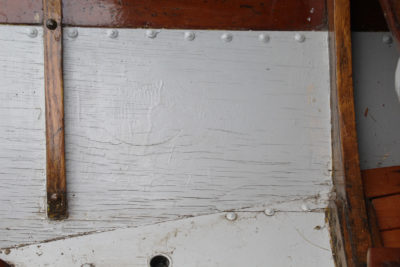
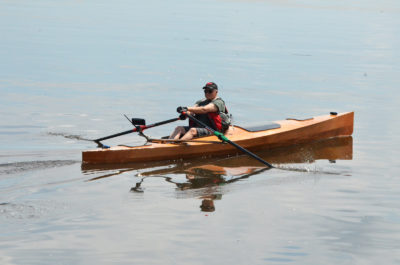
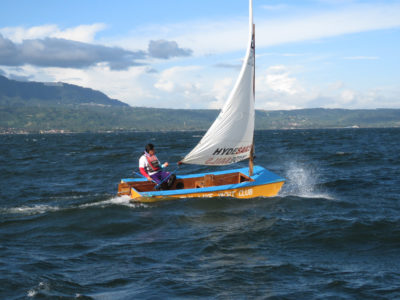
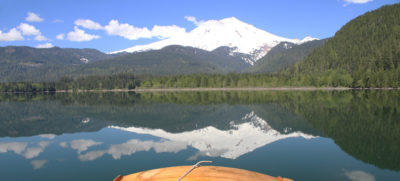
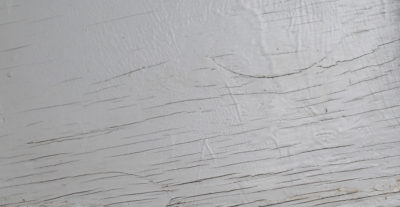

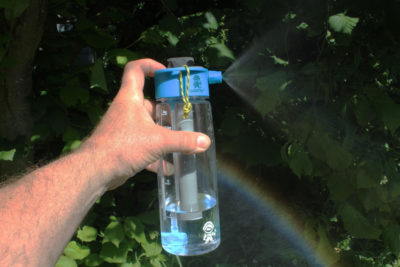
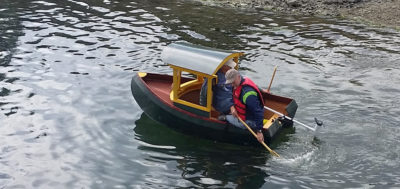

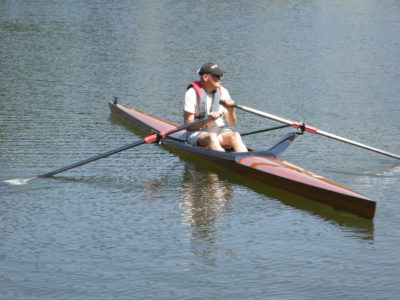

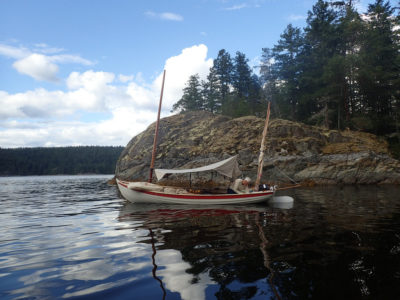
Great story and great job building!!!